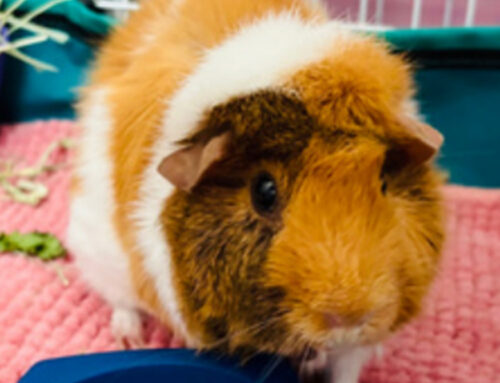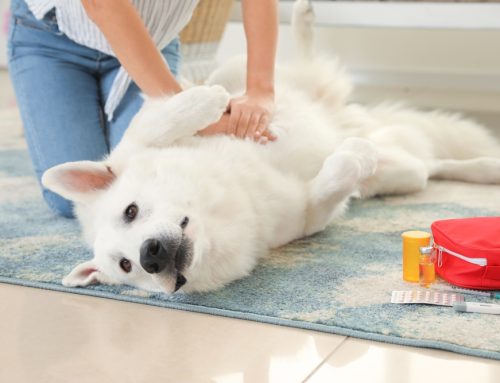
Did spring bring a brand-new bunny? Or are you a long-time rabbit owner looking to optimize your rabbit’s diet? Here’s what you need to know to keep your friend healthy through food.
I can’t say it enough – your rabbit needs mountains of hay. Hay contains all the nutrients your rabbit needs to thrive. Rabbit teeth grow continuously, and hay is one of the best ways to grind those teeth to proper height and shape. Hay should be the main source of food for your rabbit – available all the time.
What kind of hay? Young rabbits (up to 6 months old) need alfalfa hay. Adult rabbits need timothy, orchard or meadow grass, oat, rye, or barley hay. Legume hays like alfalfa, clover, pea, bean, or peanut should only be fed as a treat. They are too high in calcium and calories for daily feeding.
Hay can be fed loose in a pile, placed in a hanging feeder, or woven into shapes like balls, baskets, and mats.
Fresh greens are a good source of water and micronutrients for your rabbit. They are the second-most important component of your rabbit’s diet after hay. In general, the darker the green, the more nutritious. Avoid iceberg lettuce as it is extremely low in nutrients. Feed a variety (at least 3 types) of greens every day for a balanced diet. Feed up to one packed cup of greens per 2lbs of rabbit per day.
Suggested greens: baby greens (salad mix counts as one type), beet tops, bok choy, basil, broccoli (top and leaves), Brussels sprouts, cabbage (red, green, Chinese), carrot tops, celery leaves, chickory, collard greens, dandelion leaves and flower, dock, endive, escarole, kale, lettuce, mustard greens, parsley, radicchio, rainbow or Swiss chard, water cress
Fruits and vegetables
A small amount of fresh fruits and vegetables (1-2 tbsp) can be a good treat for your rabbit. It’s also a good way to check on your rabbit’s health. If a favorite treat is getting ignored, please call your veterinarian. Avoid sugary and starchy foods like corn, peas, nuts, seeds, or sugary treats.
Suggested treats: apple, banana, bell pepper, berries (including strawberry tops), carrot, flowers (only if organic and from your garden: nasturtiums, pansies, roses, and snap dragons), grapes, kiwi, mango, melon, peach, pear, pineapple, squash
A rabbit eating a balanced diet of hay and greens does NOT actually need pellets. They are very dense in calories, don’t wear down the teeth properly, and frequently lead to obesity. But many rabbits love them, so you can offer them as a treat for training or in a pinch if hay or greens are unavailable. Rabbits less than 5lbs should be offered no more than 2 tbsp pellets per day, and up to 1/4 cup of pellets in a day for larger rabbits.







Leave A Comment